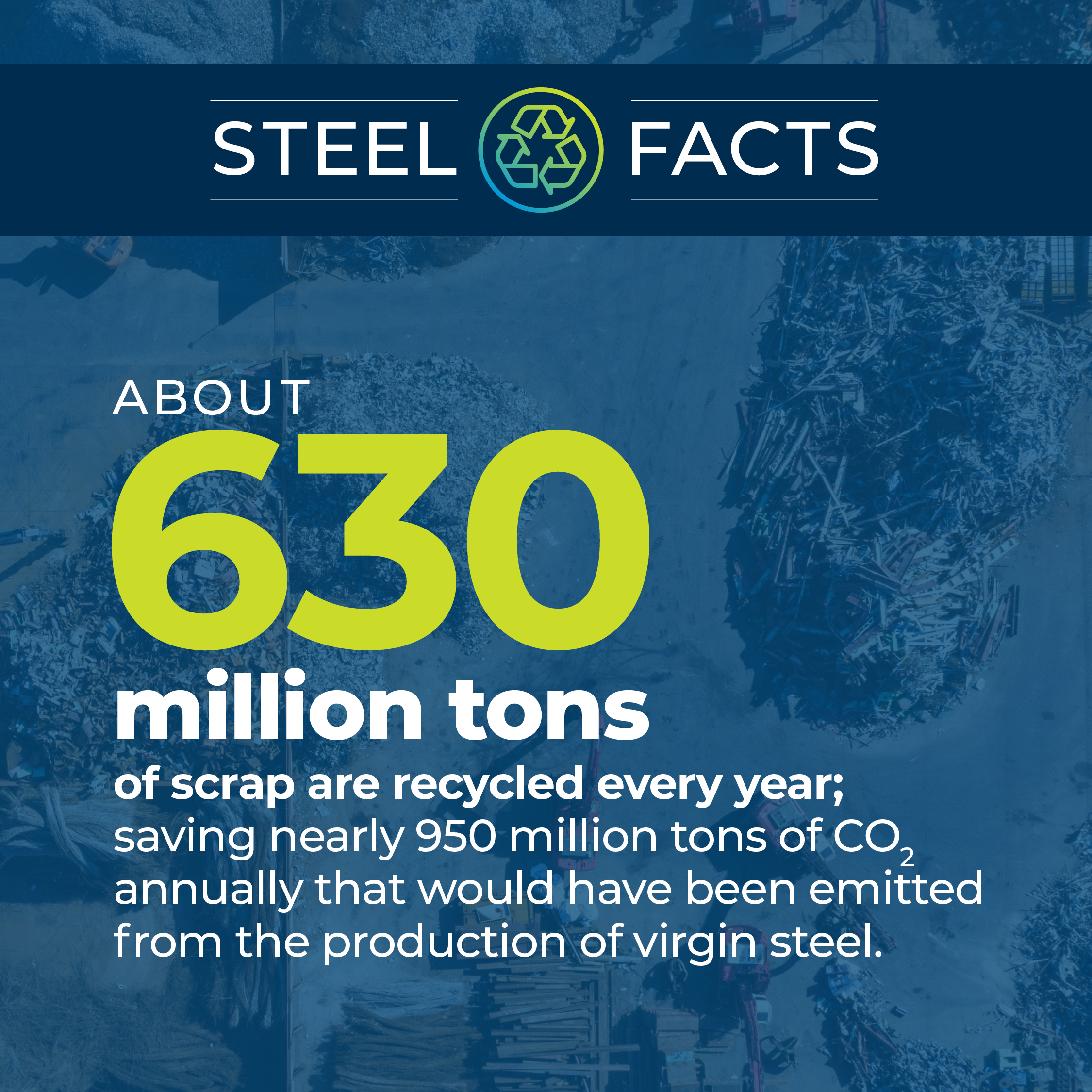Reduce Greenhouse Gas Emissions
The production, transportation, and construction of building materials contribute significantly to greenhouse gas emissions, negatively affecting the environment and human health. Adopting green building practices reduces these impacts by promoting sustainability using locally sourced “green” materials, reducing heating, ventilation, and air conditioning (HVAC) needs, optimizing systems, and incorporating on-site water and energy harvesting. The philosophy of sustainable green architecture aims to harmonize with nature and conserve natural resources in and around the building site.



